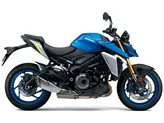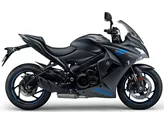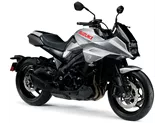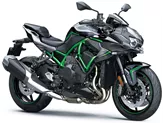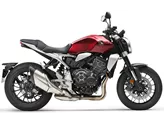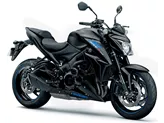Suzuki GSX-S1000 2016 vs. Kawasaki Z1000 2013

Suzuki GSX-S1000 2016

Kawasaki Z1000 2013
Преглед - Suzuki GSX-S1000 2016 vs Kawasaki Z1000 2013
When comparing the Suzuki GSX-S1000 2016 and the Kawasaki Z1000 2013, it is clear that both naked bikes have their own unique strengths and weaknesses.
Starting with the Suzuki GSX-S1000 2016, it boasts a powerful engine with 149 horsepower and 106 Nm of torque. This provides the rider with ample power and acceleration. The bike also features a liquid-cooled, in-line four-cylinder engine, which helps to maintain optimal engine temperature during long rides. Additionally, the GSX-S1000 has a displacement of 999cc, allowing for smooth and effortless cruising.
In terms of suspension, the Suzuki GSX-S1000 2016 is equipped with an upside-down telescopic fork in the front, which can be adjusted for compression, preload, and rebound. This allows for a customizable and comfortable ride. The rear suspension also offers adjustment options for preload and rebound. The chassis of the GSX-S1000 is made of aluminum, providing a lightweight yet sturdy frame. The frame type is a twin tube, further enhancing the bike's stability and handling.
When it comes to braking, the Suzuki GSX-S1000 2016 features double disk brakes in the front with four pistons. The technology used is radial, which improves braking control and responsiveness. This ensures the rider can confidently and safely come to a stop when needed.

Suzuki GSX-S1000 2016
In terms of dimensions and weights, the Suzuki GSX-S1000 2016 has a front tire width of 120mm and a diameter of 17 inches. The rear tire width is 190mm with a diameter of 17 inches as well. The wheelbase measures 1460mm, providing stability and balance. The seat height is 815mm, offering a comfortable riding position for most riders. The fuel tank capacity is 17 liters, allowing for longer rides without the need for frequent refueling.
Moving on to the Kawasaki Z1000 2013, it also boasts a powerful engine with 138 horsepower and 110 Nm of torque. The bike features a liquid-cooled, in-line four-cylinder engine, similar to the GSX-S1000. The displacement of the Z1000 is slightly smaller at 1043cc, but still provides a thrilling riding experience.
In terms of suspension, the Kawasaki Z1000 2013 is equipped with an upside-down telescopic fork in the front, which can be adjusted for compression, preload, and rebound. This allows for a customizable and comfortable ride, similar to the GSX-S1000. The rear suspension also offers adjustment options for compression, preload, and rebound.
The chassis of the Z1000 is made of aluminum, providing a lightweight and durable frame. The frame type is a double cradle, which may result in a slightly more nervous and less stable ride compared to the twin tube frame of the GSX-S1000.
When it comes to braking, the Kawasaki Z1000 2013 features double disk brakes in the front with four pistons. The technology used is radial and petal, which improves braking control and responsiveness. This ensures the rider can confidently and safely come to a stop when needed, similar to the GSX-S1000.

Kawasaki Z1000 2013
In terms of dimensions and weights, the Kawasaki Z1000 2013 has a front tire width of 120mm and a diameter of 17 inches. The rear tire width is 190mm with a diameter of 17 inches as well. The wheelbase measures 1440mm, slightly shorter than the GSX-S1000. The seat height is 815mm, offering a comfortable riding position for most riders. The fuel tank capacity is 15 liters, slightly smaller than the GSX-S1000.
In terms of strengths, both bikes have powerful engines that provide exhilarating rides. The Suzuki GSX-S1000 2016 has the advantage of good braking control, a stable and sensitive chassis, a comfortable seating position, and a relatively low price. The Kawasaki Z1000 2013, on the other hand, has the advantage of a rich sound and a unique design.
In terms of weaknesses, the Suzuki GSX-S1000 2016 has a front end that looks too good, which may be subjective to individual preferences. It also has a throttle response in the lower rev range that some riders may find to be too aggressive. The Kawasaki Z1000 2013 lacks traction control, which may be a downside for riders who prioritize safety. Additionally, the Z1000 has a slightly more nervous chassis compared to the GSX-S1000.
Overall, both the Suzuki GSX-S1000 2016 and the Kawasaki Z1000 2013 are powerful naked bikes with their own unique features and characteristics. Riders should consider their individual preferences and priorities when choosing between the two.
Техничке спецификације Suzuki GSX-S1000 2016 у поређењу са Kawasaki Z1000 2013
За и против у поређењу
За и против у поређењу
Suzuki GSX-S1000 2016
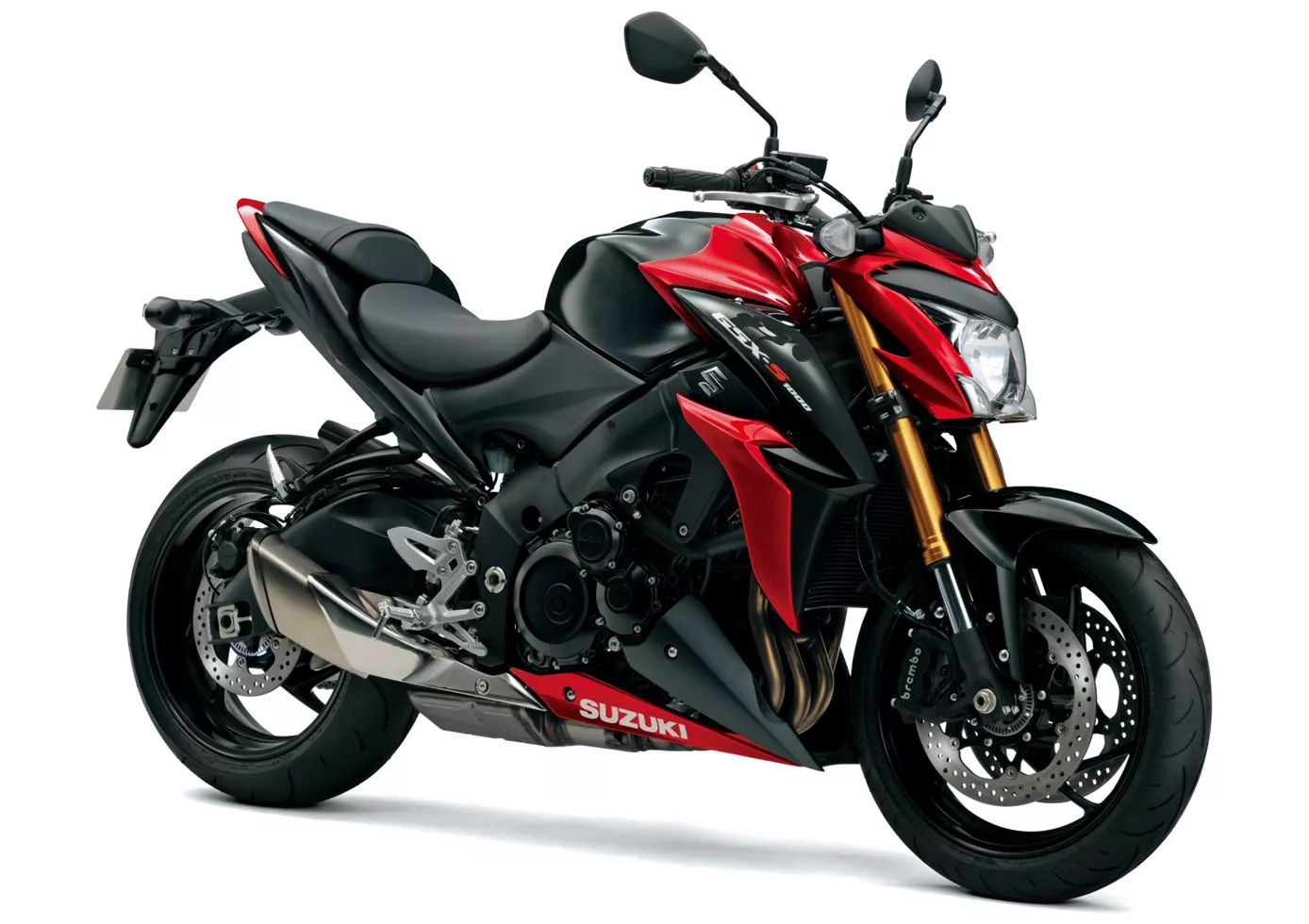
Vissa kanske blir förvånade över att Suzuki efter så lång väntan inte lanserar den ultimata, kompromisslösa power-nakedbiken. Istället verkar Suzuki GSX-S 1000 med sina 149 hk nästan för väluppfostrad. Men när du kör den på tävlingsbanan inser du snabbt att motorn är mycket kraftfullare i verkligheten och att resten av prestandan i chassit och bromssystemet också är imponerande. I gengäld erbjuder den också en stor portion vardaglig och praktisk lämplighet - inte dåliga ingredienser när du måste täcka allt från vardag till racerbana med en enda cykel.
Kawasaki Z1000 2013

På det hela taget är nya Z1000 en framgångsrik vidareutveckling av sin föregångare. Avsaknaden av traction control är mer ett marknadsföringsproblem än ett problem för slutkunderna.
Поређење цена Просечна тржишна цена Suzuki GSX-S1000 vs Kawasaki Z1000
There are a few key differences between a Suzuki GSX-S1000 2016 and a Kawasaki Z1000 2013. In terms of price, the actual average price of a Suzuki GSX-S1000 2016 is about 5% higher. A Suzuki GSX-S1000 2016 experiences a loss of 90 USD in one year and 1,330 USD in two years of ownership. This is offset by a loss of 730 USD and 730 USD for a Kawasaki Z1000 2013. Compared to Kawasaki Z1000 2013 there are more Suzuki GSX-S1000 2016 bikes available on the 1000PS.de Marketplace, specifically 10 compared to 4. It takes less time to sell a Kawasaki Z1000 with 69 days compared to 109 days for the Suzuki GSX-S1000. Since model year 2015 1000PS.de editors have written 36 reviews for the Suzuki GSX-S1000 and 41 reviews for the Kawasaki Z1000 since model year 2005. The first review for the Suzuki GSX-S1000 was published on 9/27/2014 and now has more than 17,100 views. This compares to more than 5,800 views for the first review on Kawasaki Z1000 published on 9/2/2002.






